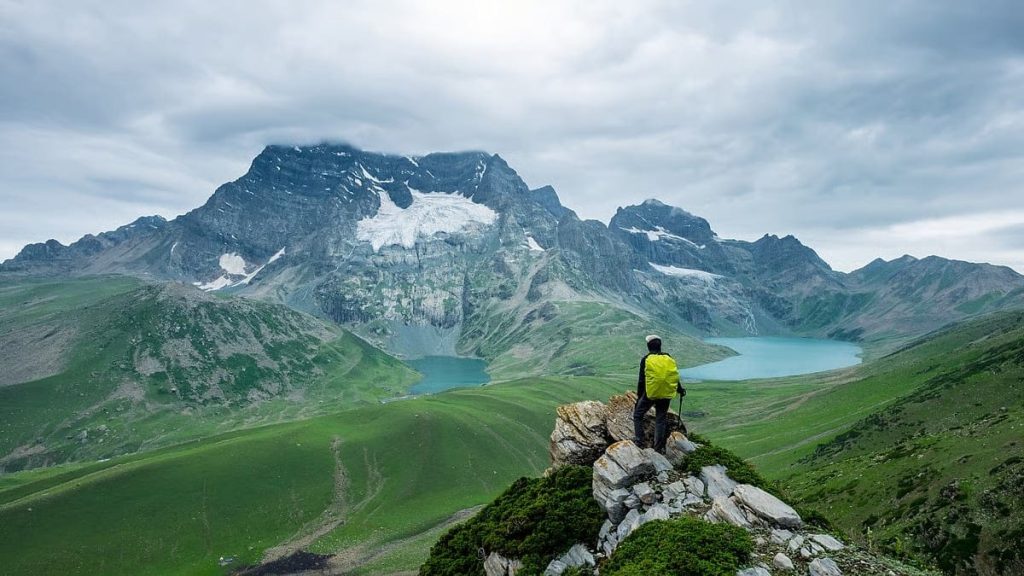
Trekking through the Kashmir Great Lakes is an experience like no other, offering mesmerizing landscapes, alpine meadows, and breathtaking lakes. However, before setting out on this journey, it’s essential to understand the difficulty level and prepare accordingly. From steep ascents to long trekking hours, this guide covers everything you need to know about fitness requirements and challenges on this high-altitude trek.
Understanding the Difficulty Level
The Kashmir Great Lakes Trek is classified as a moderate to difficult trek. While it doesn’t require technical climbing skills, it does demand endurance, stamina, and a good fitness level due to its high-altitude terrain, unpredictable weather, and long trekking hours.
Factors That Make the Trek Challenging
- Altitude and Acclimatization
The trek reaches altitudes of over 13,750 ft (4,200 meters), which can lead to altitude sickness if not managed properly. Acclimatization is key to avoiding headaches, dizziness, and nausea at high elevations. - Trekking Distance and Duration
Spanning around 70-75 km over 7 to 9 days, this trek requires walking for long hours daily, sometimes covering up to 12-14 km in a day. This can be demanding for those not accustomed to prolonged physical exertion. - Steep Ascents and Descents
Certain sections, like the climb to Gadsar Pass (13,750 ft) and the descent to Naranag, involve steep gradients that test endurance and knee strength. - Unpredictable Weather
The weather in the Kashmir Himalayas can change rapidly. Trekkers may experience sunshine, rain, or even snow in a single day, requiring proper layering and preparation. - Rough and Rocky Terrain
The trails range from soft meadows to rocky paths, requiring sturdy trekking shoes and careful foot placement to avoid injuries.
Fitness Preparation for the Trek
A good level of physical fitness is essential to complete the trek comfortably. Below are some recommended training activities:
1. Cardiovascular Endurance
- Engage in running, cycling, or swimming at least 4-5 times a week.
- Aim to run 5-7 km in under 40 minutes to build stamina.
2. Strength Training
- Strengthen leg muscles through squats, lunges, and step-ups.
- Work on core stability with planks and sit-ups to improve balance.
3. Trek-Specific Training
- Go on practice hikes with a loaded backpack (5-7 kg) to simulate trekking conditions.
- Walk on inclined surfaces or stairs to build endurance for steep climbs.
Best Time to Attempt the Trek
The ideal seasons for the Kashmir Great Lakes Trek are July to September, when the trails are lush green, the lakes are crystal clear, and the weather is relatively stable. Monsoon can bring occasional showers, but the beauty of the trek is at its peak during these months.
Is This Trek for You?
While beginners with a strong fitness foundation can attempt the trek, it is best suited for those with prior trekking experience in the mountains. If you’re new to high-altitude trekking, training for a few months beforehand will significantly improve your experience.
TIME BUSINESS NEWS







